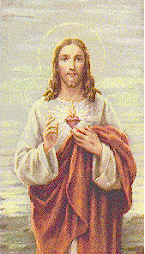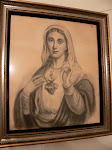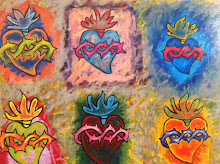.
It made no sense.
People would see the old woman—frail and bent, her face lined with a thousand wrinkles.
They would talk to her, look her in the eye, then walk away, invariably saying the same thing: “She’s the most beautiful woman I’ve ever seen.”
.
Again, it made no sense.
At least not by the standards of every major fashion magazine.
The woman wasn’t long and lean. Her lips weren’t pouty and her eyelashes didn’t bat. She wasn’t hot. She wasn’t sexy.
She wasn’t Gwyneth Paltrow.
.
But she was beautiful.
And everyone who met Blessed Teresa of Calcutta believed her to be so.
Why?
.
Because, as John Paul II wrote in The Theology of the Body, “the body expresses the person.”
.
In other words, through Mother Teresa’s body, people saw her soul, a soul alive with love and transformed by grace. In her eyes, they saw mercy. In her hands, they saw compassion. In her shoulders, stooped and bent, they saw humility.
And in her whole person, they saw God. Through her mercy, compassion, and humility, they saw his mercy, compassion, and humility. Through herlove, they saw his love. Through her strength, his strength.
.
They saw all that because, as I explain in These Beautiful Bones: An Everyday Theology of the Body, that’s what the body does. It makes visible the truths of our invisible soul, and it makes visible the truths about our invisible God. It communicates who we are to the world as it images the Creator of that world. What makes it beautiful is how well it does that, how perfectly it images the God who formed it.
Which is to say, what makes a body beautiful is how well it loves.
.
AMen.
Friday, November 15, 2013
Subscribe to:
Post Comments (Atom)





























No comments:
Post a Comment